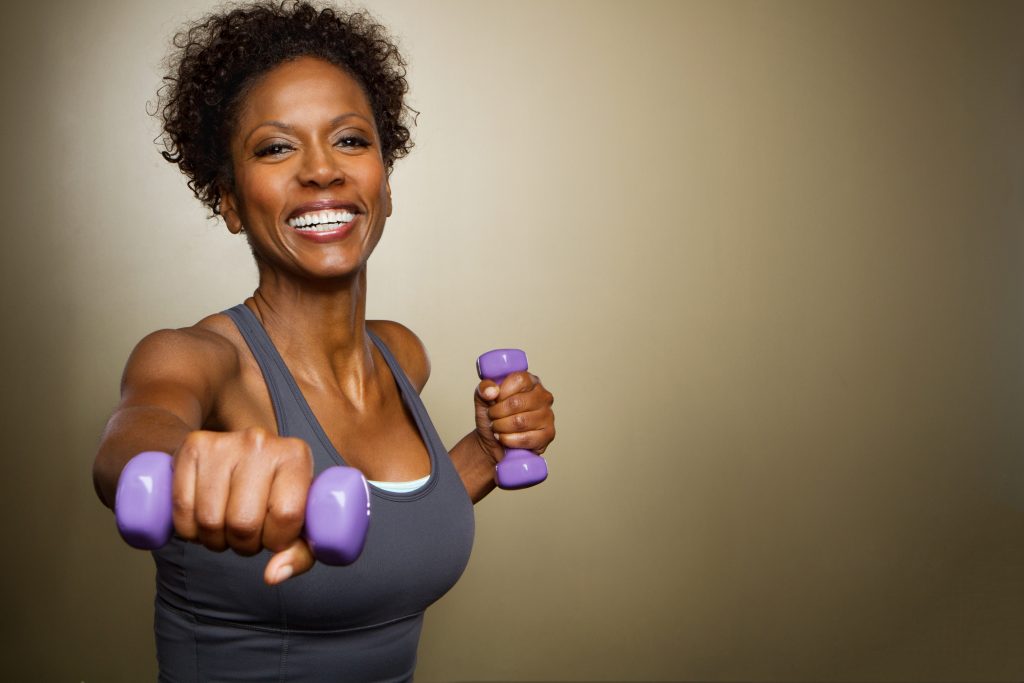How to Avoid Injury While Exercising in Isolation
During lockdown, our normal schedules have been thrown out of sync, and gym closures meant that people looked elsewhere to workout, so we have written this blog on how to avoid an injury while exercising in isolation.
It seems that more and more people are training outside or using what they can indoors as part of exercising in isolation. I’m really impressed by the number of people sticking it out.
But what if it goes wrong? What if you injure yourself and you’re unable to carry on keeping fit while in isolation? The purpose of this blog is to help you to stay away from injury and stay at your fighting fittest while exercising in isolation.

The 10% Rule for exercising in isolation
Running/cycling
Due to exercising in isolation, we are getting outdoors and running more and more. Running and cycling injuries are highly prevalent, with injuries occurring in as many as 85% of runners, and it’s been suggested that 60-70% of all running injuries are due to training errors.
These are:
As someone who specialises in sports injuries, I understand the notion of all of the points above but also understanding the way the body works I can say the three types of training errors can be very damaging to the tendons, muscles and joints.
The exception to this is if you are a beginner. Beginners are far more likely to damage themselves, as their bodies haven’t acclimatised to the pressure being put on their joints.
The advice we give to new runners and cyclists is to find the point of 80% of your max, then continue with the same distance for 2 weeks until your body gets used to it. Only then do we apply the 10% rule.
If this sort of injury is something that interests you, please find and read our blog on the most common running and cycling injury – tendinopathy.
Weightlifting
Similarly, weightlifters have to consider the 10% rule, which is easy enough in the gym with all the heavy equipment. But what if you go from heavy bench pressing to only being able to press your body weight?
Because the strain on the tendons is higher as a result of the change in training type, it is something you have to be aware of and careful with. We recommend that for the first two weeks of bodyweight training, you should stop at 80% failure before resting.
Pay attention to the supporting muscles
Tibialis anterior
Tibialis anterior, or the medial tibial stress syndrome (otherwise known as shin splints) muscle, is a long muscle running down the front of your leg, which is the strongest muscle that pulls your foot up to your knee. However, a weakened tibialis anterior can also contribute to shin splints because it supports the foot arch less, which leads to medial tibial stress syndrome.
To exercise this muscle, please watch the following exercise video: https://www.youtube.com/watch?v=7_D_IUv-t18
Hamstrings
What we know about the hamstring muscles is that they are one of the commonly injured parts of your body. We also know how to prevent hamstring injuries – train them! As an added bonus the hamstring muscles also stabilise the knee joints, which will reduce the likelihood of damaging your knee ligaments.
To exercise these muscles, please watch the following exercise video:
Gluteus medius
The gluteus medius muscle is a prime hip stabilizer. This means that training it will reduce hip dysfunction and strengthening it could improve form in exercises such as squatting, running and jumping movements.
The tendon on this muscle is also commonly injured if you start exercising in a way the body isn’t used to. This makes it important to retain strength in the muscle.
Please watch the following exercise video on how to exercise this muscle:
Rotator cuff
The shoulder is a joint that requires protection. Studies show that there is an association between where the shoulder blade sits and pain or dysfunction in the shoulder. What is the best way to avoid shoulder pain? Shoulder stabilisation exercises.
o exercise these muscles, please watch the following exercise video:
Make sure you’re in a safe environment while exercising in isolation
Exercising in isolation from home may feel more comforting. However, becoming too comfortable may be hazardous. It is important to make sure there is a clear space, clean but dry floor and make sure you have appropriate footwear. Following these simple guidelines will help to keep you fit and safe while exercising in isolation.
For any further questions, please don’t hesitate to ask:
0161 209 2980
info@movementandwellbeingclinic.co.uk
Ed Madeley M.Ost